How Geothermal Works
An environmentally friendly antifreeze solution carries geothermal energy directly from the ground loop into the heat pump. In the winter, the heat pump acts as a furnace, distributing the heat throughout your home using the system’s heat exchanger and compressor. In the summer, it acts as an air conditioner, collecting the heat from your home and returning it to the earth. That is how geothermal works. In addition to year-round indoor comfort, a geothermal system can provide inexpensive domestic hot water.
How Geothermal Heat Pumps Work
Geothermal heat pumps, also known as ground source heat pumps, leverage the stable temperatures underground to cool homes more efficiently than traditional air-source heat pumps. Here’s a brief overview of the process:
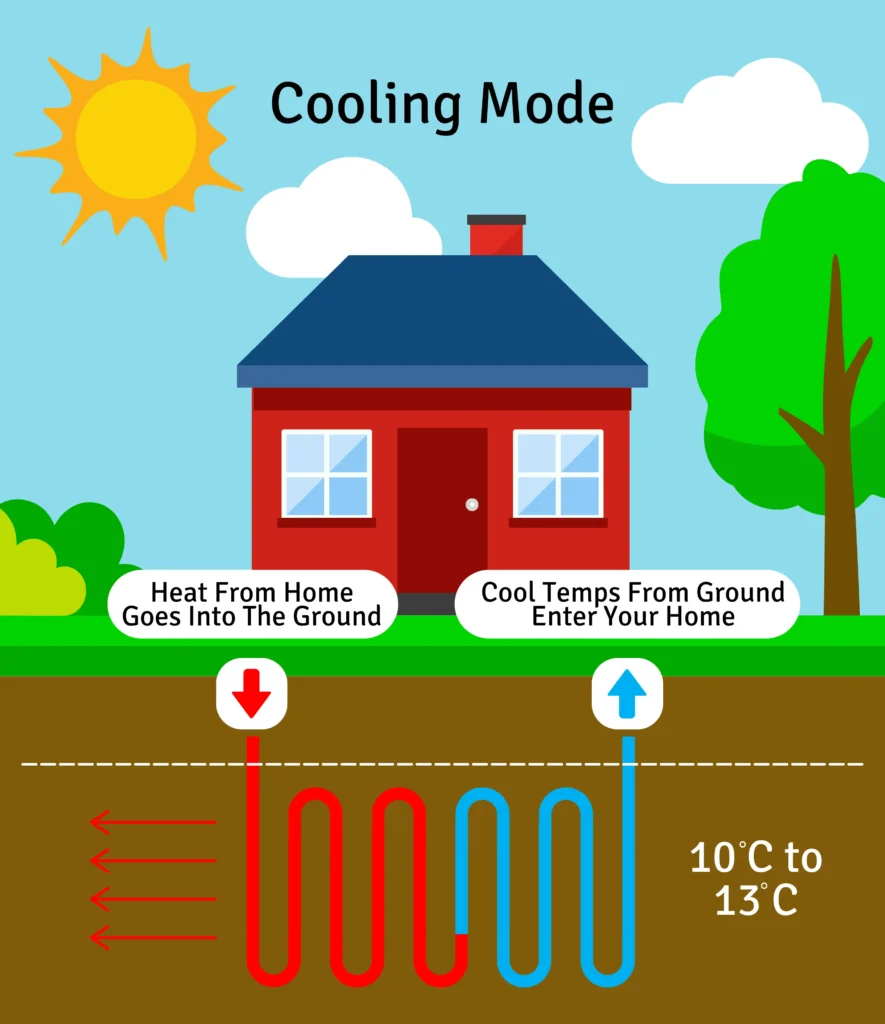
- Warm air from the home is absorbed by the indoor unit of the heat pump.
- This warm air heats up the liquid refrigerant within the system’s coils, causing the refrigerant to evaporate and turn into a gas.
- The refrigerant gas, now carrying the absorbed heat, is pumped through a loop system that extends into the ground.
- Underground, the temperatures are cooler than the air above. As the refrigerant circulates through this loop, the cooler temperatures cause it to condense back into a liquid, releasing the absorbed heat into the ground.
- The cooled refrigerant is then recycled back into the indoor unit, ready to absorb more heat from the home’s interior.
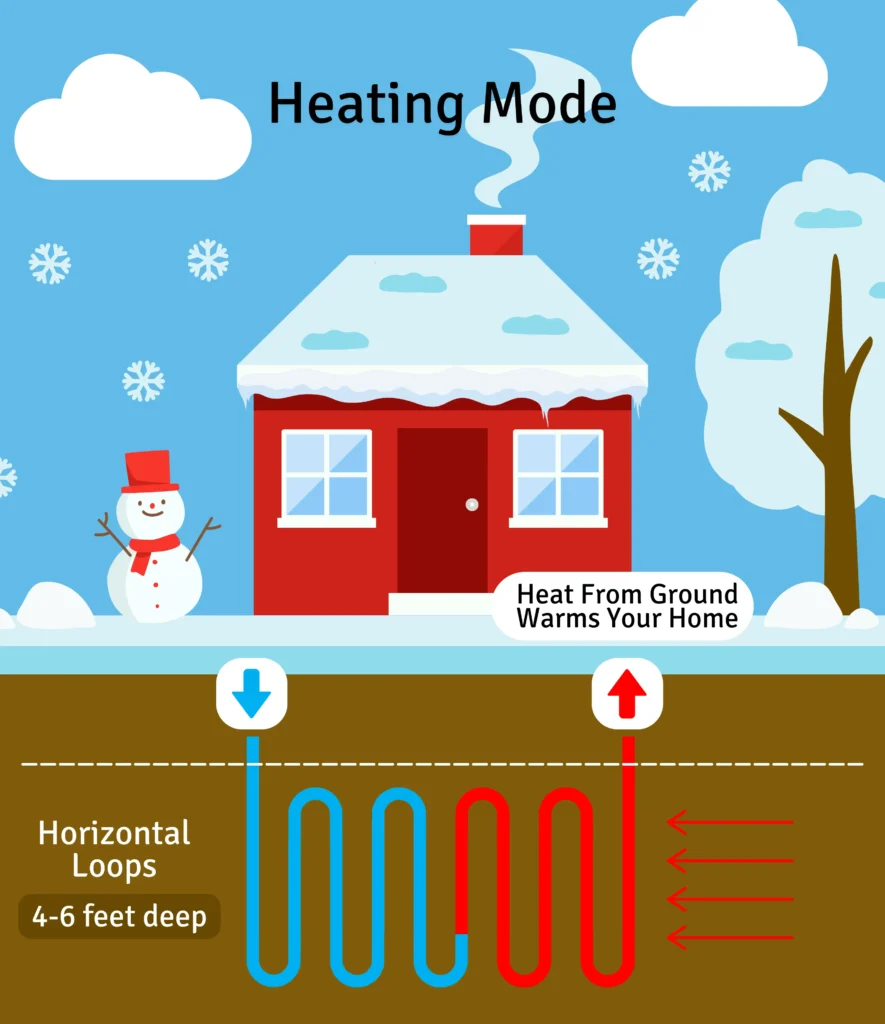
In heating mode during the winter, a geothermal heat pump reverses the cooling process to bring warmth into the home. Here’s how it works:
- The system circulates a liquid refrigerant through underground pipes, where it absorbs heat from the stable, warmer temperatures beneath the surface.
- The refrigerant, now warmed, is compressed by the heat pump, increasing its temperature further.
- This hot refrigerant passes through the indoor unit’s heat exchanger (coil), where the heat is transferred to the air circulating inside the home.
- The warmed air is distributed throughout the home, raising the indoor temperature.
- As it loses heat, the refrigerant condenses back into a liquid and returns to the underground pipes to absorb more heat, repeating the cycle.
When it comes to geothermal installation,
no one knows more about how to do it well and do it right than GeoSmart’s Geothermal Specialists.
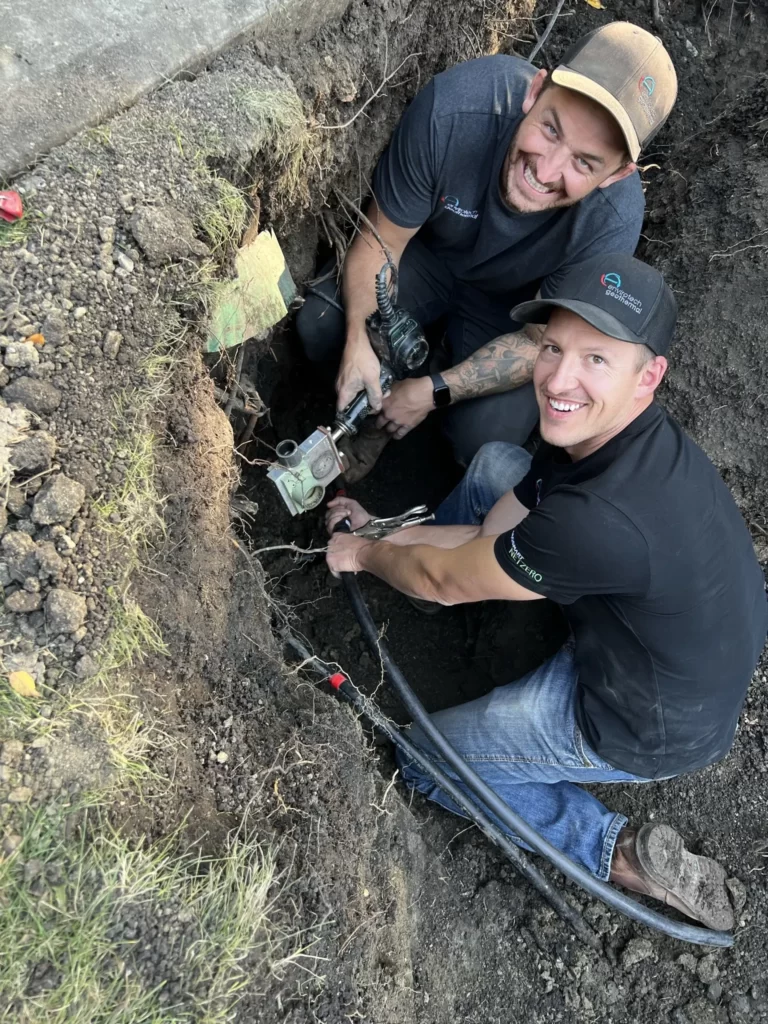
Backed by extensive training, our Geothermal Specialists are skilled in selecting and installing the geothermal loop system best suited for your home or business regardless of the weather and soil conditions in your area. We know how geothermal works best for your business or home.
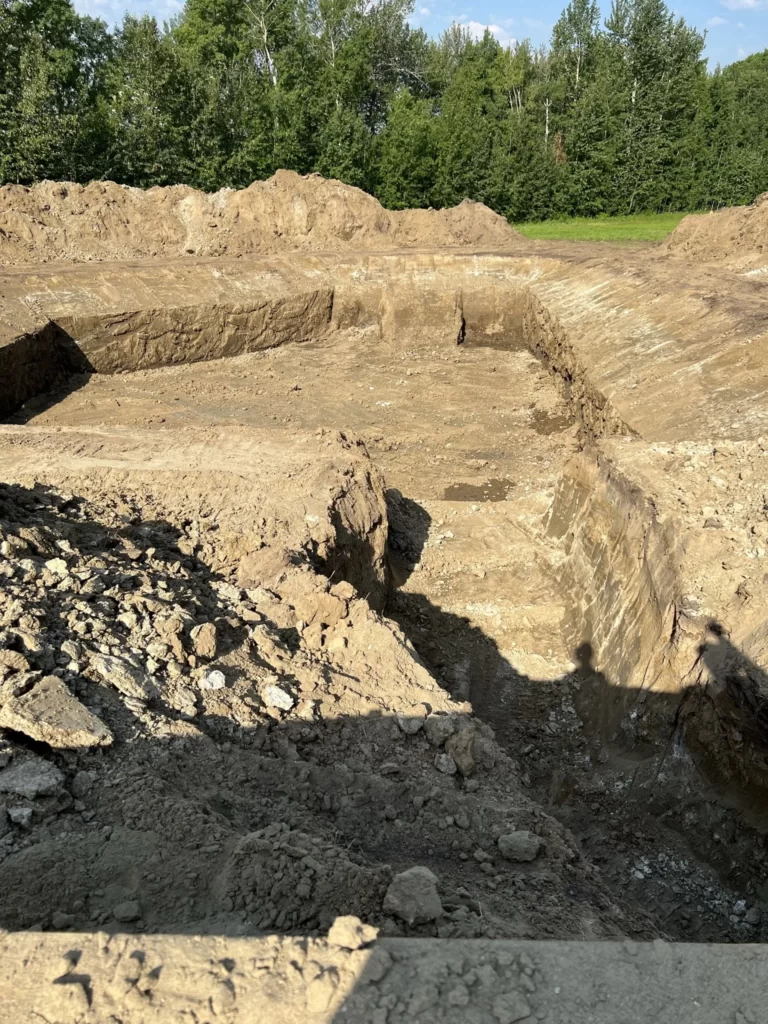
Each loop system uses GeoSmart’s high density PE100 green geothermal pipe, the most resilient geothermal pipe available on the market today. Once inserted in the ground, the pipe leads into the foundation of building through a sleeve cemented into the wall and connects directly to your heat pump, bringing you years of worry-free, high performance renewable heating and cooling using the earth as a natural energy source.
In the heart of the earth lies a boundless, renewable energy source. At Envirotech Geo, we tap into that source to provide you with the most efficient, environmentally friendly heating and cooling system available today.
The Main Types of Geothermal Loops
Learn how geothermal works using different types of installations depending on different site conditions, budgets, and spatial constraints. Ground loops are the foundation of a geothermal system.
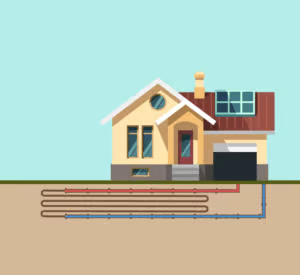
Horizontal Loops
Horizontal loops are the most common type of loop system, and are commonly use in rural areas due to the land space needed for installation. An excavator will dig several trenches about six feet deep in the ground, each one up to 300 feet long. Our green geothermal pipe is placed in the trenches which are then backfilled with soil.
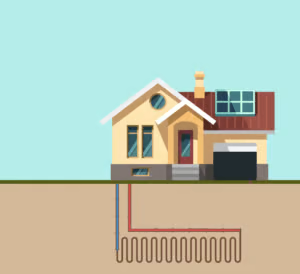
Vertical Loops
Vertical loops are primarily used in urban areas because they require little land space for installation. A specially designed geothermal drilling rig bores vertical holes into the ground each ranging from 180 to 540 feet deep. Our green geothermal pipe is inserted into each vertical bore and then the holes are filled with bentonite grout.
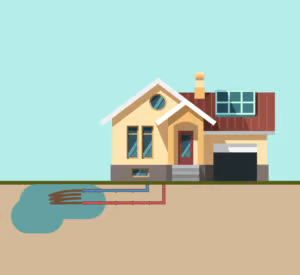
Pond or Lake Loops
On properties that have a nearby lake, pond or dug-out that is appropriate in size and eight feet deep, a loop system can be submerged at the bottom of the body of water. A single trench is excavated from the home to the water and typically two pipes are inserted into it. These two pipes connect to several green geothermal pipes that are submerged at the bottom of the lake or pond
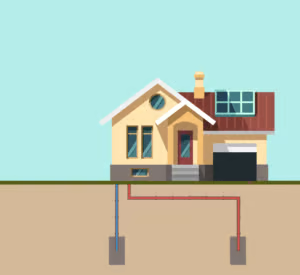
Open Loops
Open loops are most commonly used on rural properties that have existing high capacity water wells. Ground water is withdrawn from an aquifer through a supply well and pumped into the heat pump, while discharged water from the heat pump is redirected into a second well and back into the same aquifer.
How does geothermal work for residential vs commercial properties?
Both residential and commercial geothermal systems operate on the same basic principle: they use a heat pump and a loop system (either horizontal, vertical, pond/lake, or open-loop) to transfer heat between the building and the ground. In the winter, the system extracts heat from the ground and transfers it indoors. In the summer, the process is reversed, removing heat from the building and transferring it to the ground. Some of the key differences include:
Complexity and Customization
Commercial systems are typically more complex and customized, designed to meet specific requirements of large or specialized buildings.
Scale
Residential systems are smaller, serving the needs of a single household, whereas commercial systems are larger and serve multi-use buildings or complexes.
Costs and ROI
While both systems offer significant energy savings and lower operational costs, commercial systems often present a more complex cost-benefit analysis due to their larger scale and integration with other building systems.
Installation and Maintenance
Commercial geothermal installations are more involved, requiring detailed planning and coordination with other construction activities, and maintenance is more rigorous due to the system’s complexity.